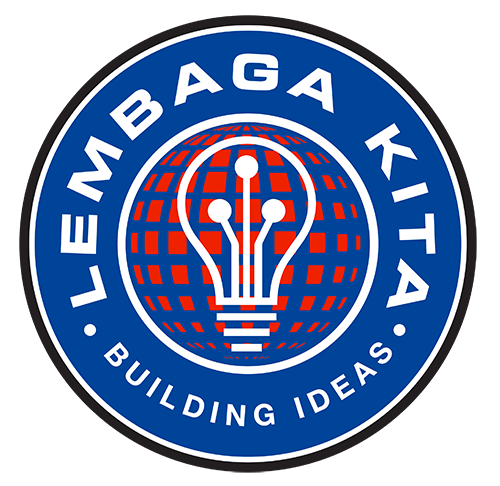Issue Description (Vol. 2 No. 2, July–December 2023 – Journal of Engineering and Science), This mid-2023 issue showcases cross-disciplinary diversity unified by integrative themes: the digitalization of monitoring and control, enhancement of energy system reliability and efficiency, optimization of manufacturing process parameters, strengthening the performance of natural fiber–based materials, and the harnessing of artificial intelligence to accelerate design innovation. The first article presents the development of an automated system that simultaneously monitors and controls temperature and pH in snakehead fish aquaculture, reflecting the application of real-time sensing and closed-loop actuation to improve aquatic organism health, stabilize water quality, and potentially reduce mortality and feed costs. The second article examines neutral current instability and power losses in the PAS 21 feeder distribution transformer, highlighting power quality issues arising from load imbalance and their implications for efficiency, overheating, and equipment lifespan—providing a basis for phase balancing or load reallocation strategies. The third article evaluates the effect of cutting speed when using a 2.5 mm diameter nozzle in laser cutting, supplying empirical insight into the relationships among traverse speed, edge (kerf) quality, heat-affected zone characteristics, and productivity to support optimal parameter selection. The fourth article investigates the role of maleic anhydride polypropylene (MAPP) as a coupling agent on the flexural properties of hybrid kenaf–sugar palm fiber reinforced polypropylene composites, underscoring the importance of enhancing interfacial adhesion to maximize the synergy of natural fiber hybridization and expand lightweight structural applications based on renewable resources. The fifth article delivers a comprehensive comparative analysis of artificial intelligence software platforms for interior design, evaluating generative capability, interoperability, learning curve, and their potential to enhance creative concept exploration and iteration efficiency. Collectively, the issue portrays a research landscape progressing toward engineering systems that are smarter, more adaptive, sustainable, and collaborative: from precision aquaculture and distribution energy reliability, through refinement of manufacturing processes and improved bio-composite material performance, to the orchestration of AI as a creative partner in design.














